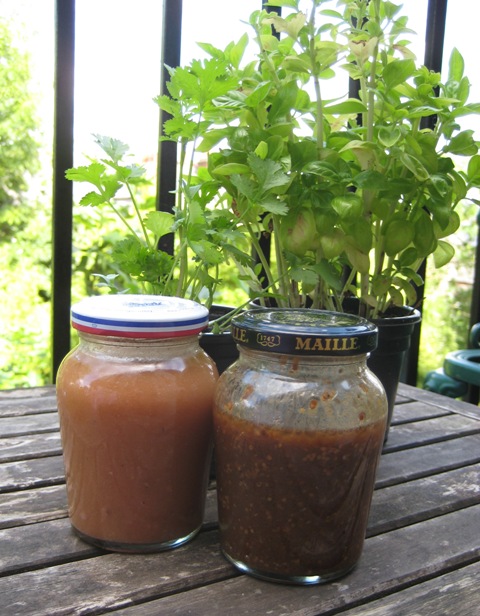Pear and ginger chutney
 Wednesday, January 18, 2012 at 10:25PM
Wednesday, January 18, 2012 at 10:25PM A few days before New Year’s Eve I took my friend Tina, a chef who is visiting London, on the obligatory foodie tour of Borough markets. This, of course, necessitated a visit to Neal’s Yard Dairy. I didn’t actually need any cheese but it is one of my favourite things to do and, if you are going to try everything in the store, you have to purchase something. So I decided to do some sort of cheese canapé as part of the New Year menu.
I started out with grand plans – a pear, Stichelton and walnut salad on chicory leaves – but I decided that a) chicory might be too bitter b) radicchio, my preferred alternative, would be too hard to find and c) it didn’t go with my other Asian themed canapés. I then thought I might try my hand at making oatcakes, which I’ve never done before, and make them really thin with a slice of Stichelton, a slice of crisp pear and a walnut on top. This would work well at the end of the meal, I thought, alongside the dessert canapé. In the end I couldn’t be bothered making oatcakes (I already had plenty to do) and I couldn’t find any ripe pears so I decided to make a chutney.

